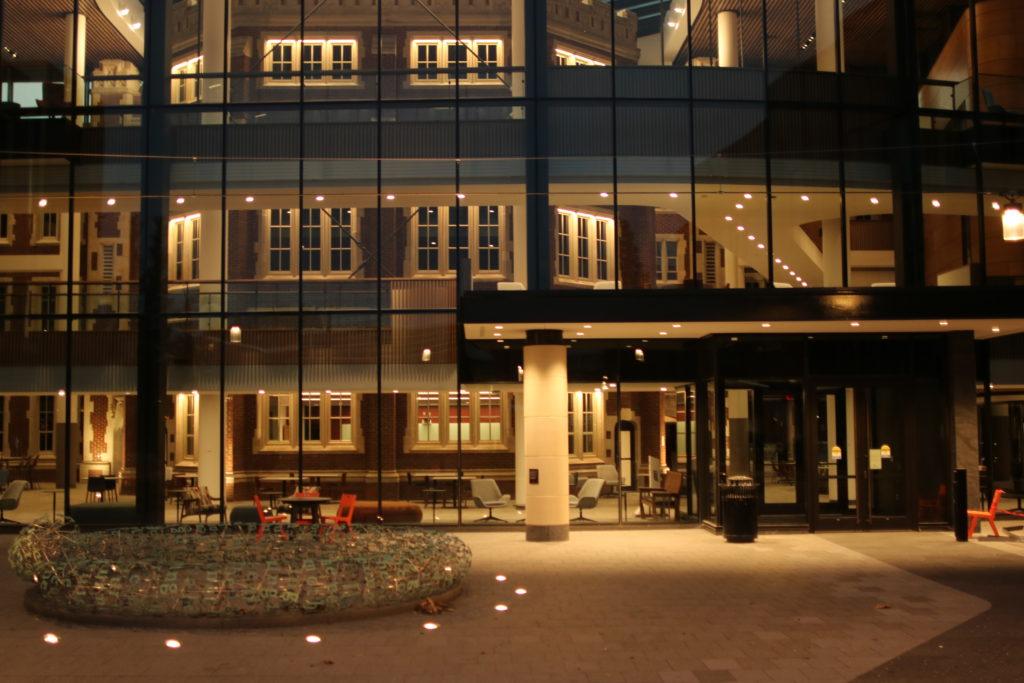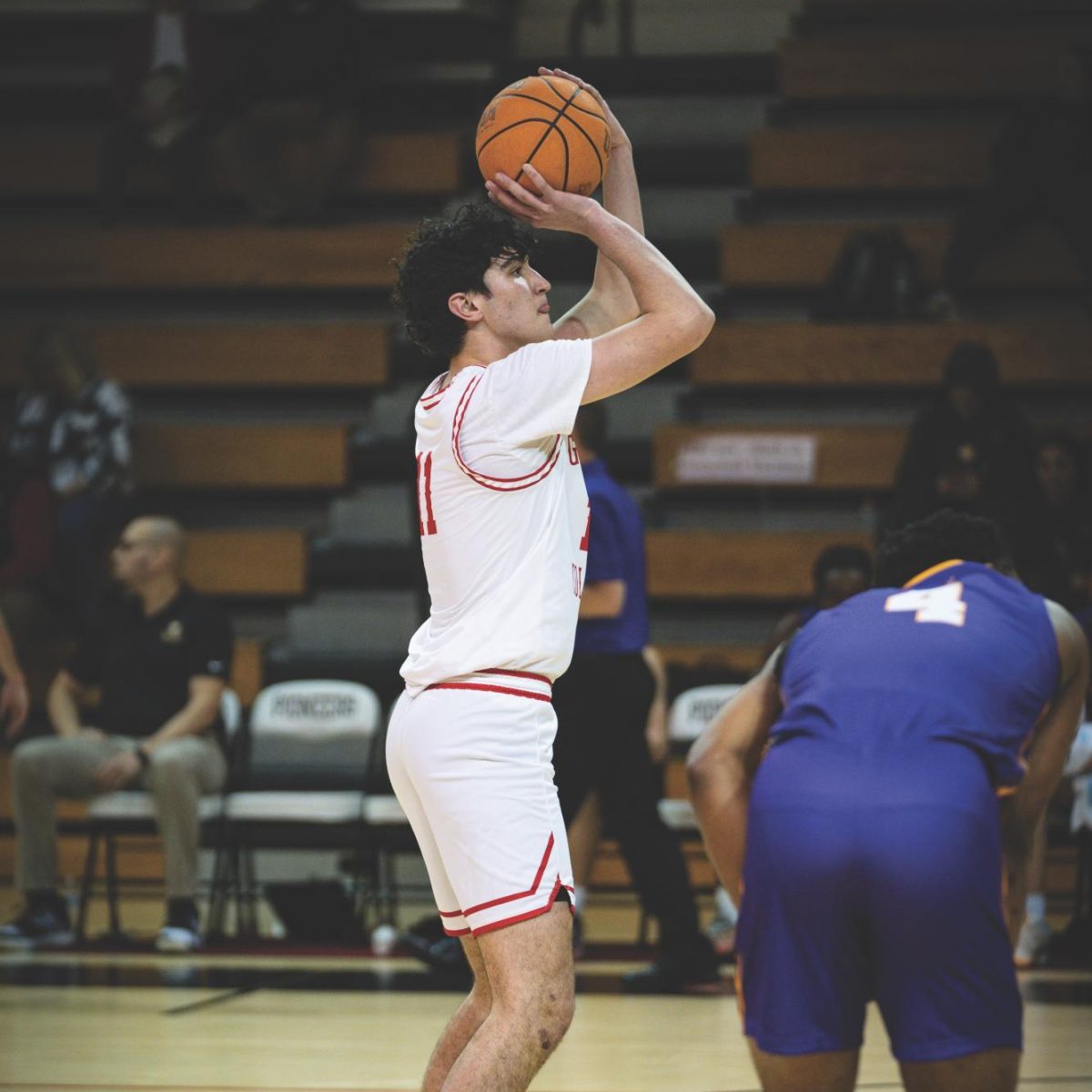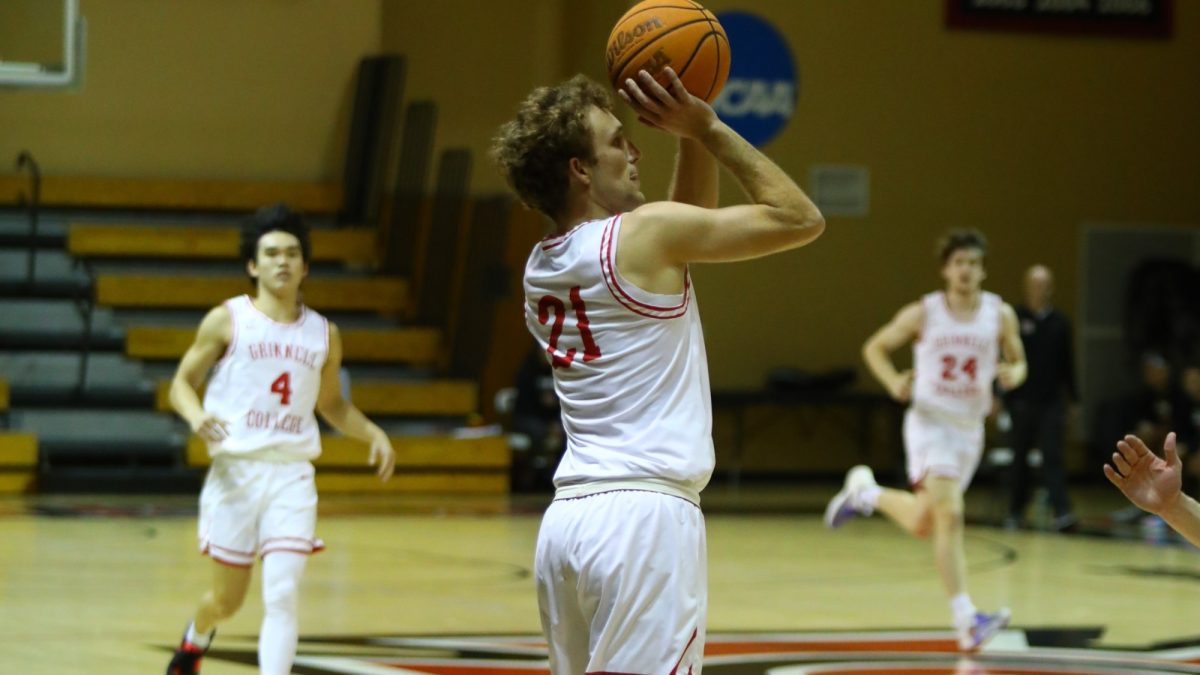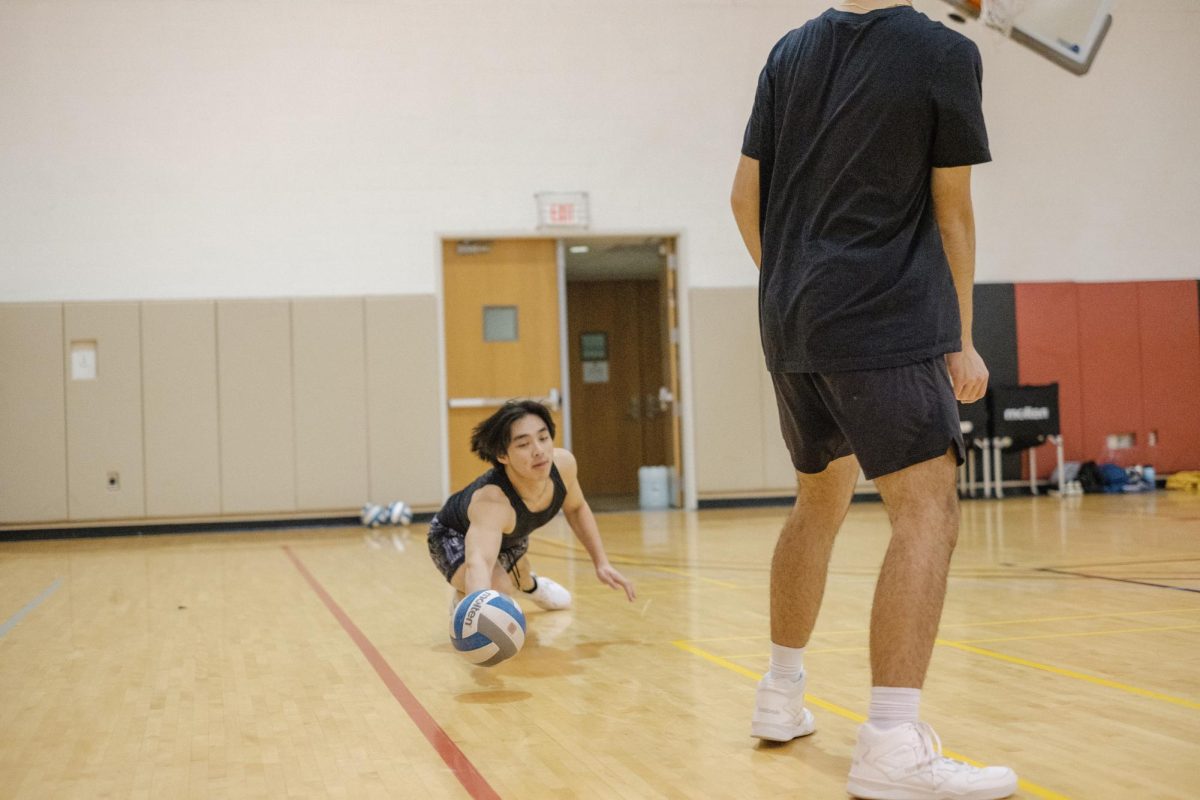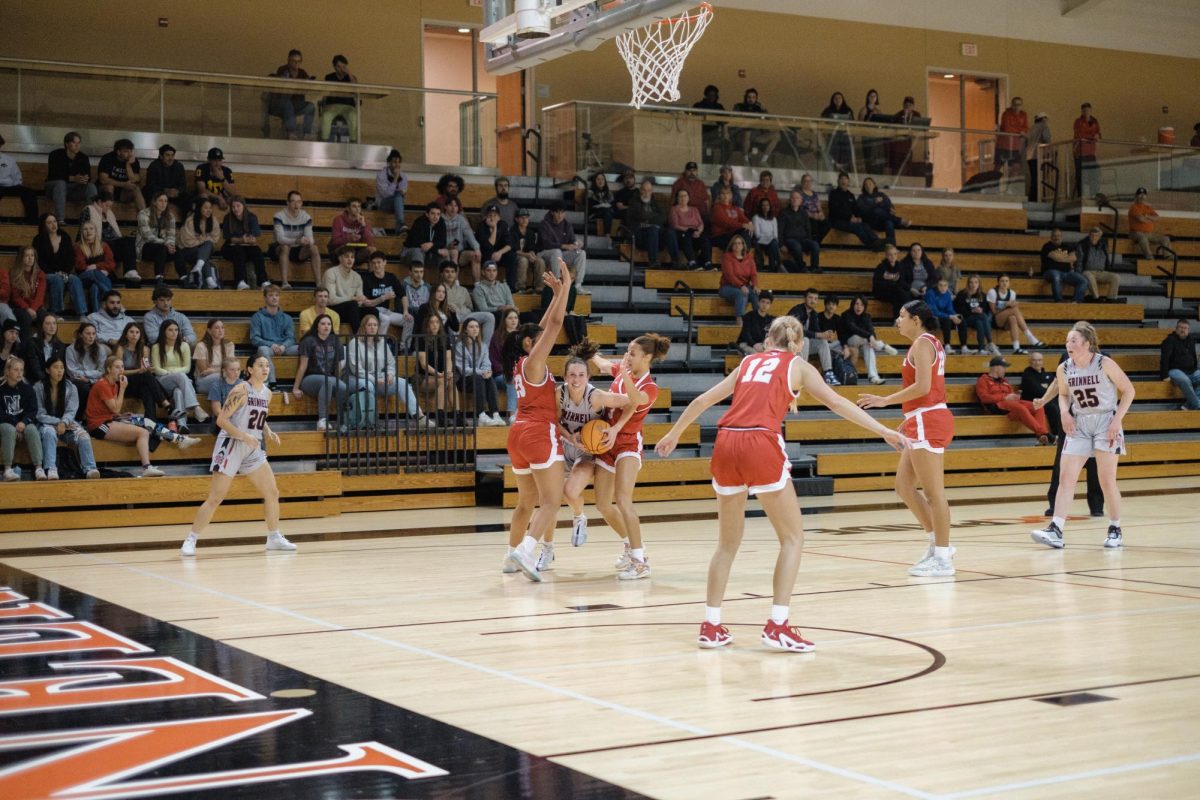Five new names to be inscribed on the interior walls of the Humanities and Social Studies Center (HSSC) were released to the Grinnell College public today. The upcoming inscriptions will honor James Baldwin, Steve Biko, Octavia Butler, Rachel Carson and Frida Kahlo.
The five new plaques will join the inaugural name, that of Nobel Prize-winning author Toni Morrison, inscribed in spring 2020. Morrison’s name was chosen by former Grinnell College President Raynard Kington who initiated the project. The inscribed plaques form a dialogue with a much older set of honorific inscriptions on the outside of Carnegie Hall, now part of the modern HSSC, which list the names of classical theorists and artists (Homer, Dante and Plato frame the building’s street-facing entrance).
The modern additions carry a strong theme of art and activism; the five newly selected names encompass authors, activists and artists (most if not all were more than one). The only criteria for a nominee was that they have died.
Baldwin’s novels, poems, short stories, plays and essays form a foundational portion of Black queer literature from the mid-20th century. Biko’s anti-apartheid activism and essays on African nationalism and socialism were critical to the rise of the Black Consciousness Movement in South Africa during the same period. Butler’s novels, known for their evocative, uncompromising prose and scrutiny of historical and modern-day racism and sexism, combine Afrofuturism, magical realism and speculative fiction elements in genre-defying stories. Carson’s book Silent Spring – as well as her other nature writings and work in biology – resulted in a nationwide ban on the toxic pesticide DDT in the United States and led eventually to the creation of the Environmental Protection Agency. And Kahlo’s paintings mix surrealism, social commentary and autobiography to address questions around race, class, gender and postcolonialism in Mexican society, as well as issues of chronic pain.
Professor Caleb Elfenbein, history and religious studies, led the nomination and selection process. He wrote in the announcement email today that more than 30 nominated names had been voted on by over 500 College community members before the final five were chosen. The selection work occurred remotely over hours of synchronous and asynchronous work, a public comment period once nominations were finalized and then several more rounds of voting from the selection committee (Elfenbein himself was a non-voting member of the committee).
“It was a very deliberate and deliberative process that stretched over five months,” Elfenbein wrote in an email to The S&B. “We tried to make it as inclusive as possible, while empowering the selection committee to make the final choices based on their extended consideration of the candidates.”
The College will physically inscribe the names this coming summer. Over the next two years, the selection committee will hold a nomination and voting process for six more names, for a total of 12. Elfenbein encourages any College community members interested in nominating a thought leader or otherwise participating in the process to contact him or the selection committee.
Editor’s Note: S&B Editor-in-Chief Zoe Fruchter ’21 and staff photographer Shabana Gupta ’22 are members of the inscription selection committee.













































